Basketball booming, but fewer Canadians on Lightning, in BSL
The London Lightning have long rostered Canadian players. But that number has never been lower. Are Canucks pursuing opportunities overseas instead? Will the BSL see more Canadians in the future?
Canadian Marcus Ottey (Toronto) has been a mainstay with the Lightning the last few seasons. (Photo: Matt Hiscox Photography).
* * *
The London Lightning are still the standard in Canadian pro basketball. More titles, more wins, more banners than any other team. But this season, as they defend their championship in the newly formed cross-border Basketball Super League (BSL), they look less Canadian than ever.
With only two Canadians on the roster — and no rules mandating homegrown talent — what does this shift mean for the team, its fans, and its place in Canada’s hoops history?
* * *
OK, while it might be a bad time to be a U.S. anthem singer at a sporting event in Canada, it’s a great time to be a Canadian basketball player.
In the last decade or so, the game has exploded in popularity across Canada, and the country has gained prominence around the world as a hotbed for hoops talent. While hockey remains the most popular sport among 18-24-year-olds (21.8%), basketball is a close second (17.6%), even ahead of soccer (12.4%), according to a poll by the Association for Canadian Studies.
In the NBA, Canada leads all countries outside the United States with 21 players on opening day rosters. That group includes Oklahoma City Thunder star Shai Gilgeous-Alexander, last season’s MVP runner-up; Denver Nuggets guard Jamal Murray; and three Toronto Raptors – RJ Barrett, Kelly Olynyk, and Chris Boucher.
(OK, Boucher is listed as a St. Lucian by the NBA, but he grew up in Canada, represented the country in international play, and hangs a Maple Leaf above his locker at Scotiabank Arena. We’re counting him.)
The National Basketball League of Canada (NBLC) was a huge part of the game’s growth north of the 49th parallel – a uniquely Canadian league with franchises, awards, and rules centred around building the Canadian game.
The Lightning were born in the NBLC, a league that not only included ‘Canada’ in its name but also required each team’s 12-man roster to include at least three Canadian players.
“In the first NBLC season, teams struggled to meet even the two-Canadian roster minimum – as silly as it sounds today,” former NBLC Commissioner Audley Stephenson laughed.
Although well-intentioned, Stephenson suggests that the minimum rule harmed competition in the early days, as the scarcity of Canadian talent for that level of league forced bodies onto rosters who otherwise wouldn’t be there. But as the league grew, so did the talent pool around it.
“Ten years later, you look at it, and nobody struggled to find Canadian talent anymore. In the last years of the NBLC, those Canadian players on rosters weren’t just warm bodies at the end of the bench to meet a minimum. Those were great players, our stars. That’s been fascinating to watch.”
(Photo: Jade Sumpton).
Flash forward to today.
On opening day, the Lightning had only two Canadians on the roster, Marcus Ottey (Toronto) and Alex Campbell (Brampton), the fewest in the team’s history. The rest was filled by Americans, including Corey Boyd (St. Louis, Missouri), Tonzell Handy (Jackson, Mississippi), Chris Jones (Memphis, Tennessee), Joel Kindred (Raleigh, North Carolina), Paul Parks (Anderson, South Carolina), Jachai Taylor (Waukegan, Illinois), Billy White (Las Vegas, Nevada), and Dexter Williams, Jr. (Yazoo, Mississippi).
That has changed – albeit slightly – as the season has continued on, with D’Andre Austin (Toronto) added to the roster when Campbell stepped away. Later additions, James Towns II (Detroit, Michigan), Calvin Godfrey (Milwaukee, Wisconsin), Milan Acquaah (Bakersfield, California), Jaylon Tate (Chicago, Illinois), and JR Holder (Atlanta, Georgia) are American, as well.
London is not an outlier. Pick your moment in the season, and there are only a handful of Canadians leaguewide: Sudbury and Newfoundland have two; KW has one; the remainder of the rosters are devoid of Canucks.
For players, however, ‘being Canadian’ remains something special – no matter what league rules dictate.
“I feel like I’m representing Canada, in a way,” Ottey said. “I’m a Canadian baller around the Americans. I carry it with me. Sometimes you might hear that Canadians are soft or things like that from the Americans. So, I carry myself to let them know we’re not like that, to give out the energy and the vibe that Canadians are not soft.”
Austin agrees, seeing Canadian players as carrying the mantle of the game.
“I want to help keep moving the Canadian game forward. It has been a positive in my life, and I hope I can help it be a positive in others’ lives, as well,” the Fanshawe College alumnus said. “Basketball should be bigger here, and I feel it can be. It has given me the opportunity to go play internationally (Spain) and back here in London. That’s a good story.
“The BSL has talent, but it is only part of the story. Canada has so much basketball talent. To put on the map that we can compete at a high level, that a player can follow their dreams in basketball, that’s a positive thing.”
Ottey sees his Canadianness as a bridge to connect with others – part of the larger international tapestry that the game has become in the last generation.
“It always feels good just being one of the only Canadians. It’s that rare type of feeling. Everybody's from somewhere different. We just bring our cultures into each other's environments, and we just learn about each other, which I think is cool.”
D’Andre Austin, a former Fanshawe College grad, joined the Lightning after they moved on from another Canadian, Alex Campbell. (Photo: Bruce Laing).
* * *
There is no one to blame about the lack of Canadians in the league.
Instead of a lament for what has been lost, this shift in player composition may simply be a sign of joining a league with a broader approach to rosters and international competition.
Basketball is a global game, and Canadians are in demand not only across their own country, but around the world. That makes for a competitive landscape, one where money matters. While London has been known as a franchise that pays top dollar for Canadian talent (all talent, in fairness), it can be difficult to compete with American or European leagues that pay higher salaries (often in stronger currencies).
“A lot of these Canadian guys have passports for other countries, as well. That’s a big part of the Canadian identity,” BSL President David Magley said. “So, a guy might have a British passport, or EU, or elsewhere, so they have all those options, as well.”
Timing plays a part, too. The CEBL, a rival Canadian league, lines up with the Canadian university and college schedules, allowing those players to enter the league in the summer. That won’t work for the BSL as currently constructed.
Stephenson agrees. “There has never been a better time for young, Canadian players who want to be audacious, to dream big, to go after it. There are so many options at their disposal. Once upon a time, you had the NBA – and that was pretty much it. Now, there is something more.”
* * *
For Canadian athletes, playing on both sides of the border isn’t as simple as packing a bag and hopping on a flight. Work visas, fluctuating exchange rates, and the ever-shifting landscape of international competition all play a role in determining where they land.
The visa process alone can be a bureaucratic maze — while NBA and NHL players glide through on P-1 visas, those in smaller leagues often face stricter requirements, longer wait times, and uncertain outcomes. Factor in the growing political tension around immigration, and suddenly, a promising career move can turn into a paperwork nightmare.
As the BSL expands – aiming for 20 teams in the coming years – that growth will come on both sides of the border. But that won’t be without its challenges.
“Yes, we’re a league that straddles two countries,” Magley said. “But it’s the markets that make this league special. There are so many markets that could be successful. There is so much support out there. There are so many great players who aren’t going to the colleges, aren’t going to the NBA that could play in a league like the BSL.”
Expanding on his belief that markets make the league, Magley cited fan support in places like London who root for “their guys” under no conditions of nationality.
“Fans love their guys. Where they are from doesn’t matter to fans,” Magley said.
Leagues like the BSL no longer need minimum-numbers rules – not because they don’t care about Canadian players, but that the talent has matured to a point where they are no longer needed. The Canadian player is in demand around the world, Stephenson said.
“Who cares where you’re from – can you play?” he said.
“The biggest message is no matter where you are from, keep going after that goal. The opportunity is out there. Being able to have a dream about where you want to be one day, getting there, and now doing it – that’s powerful. That ability to dream trumps Canadian pride. You want Canadians dreaming big; dreams have no borders.”







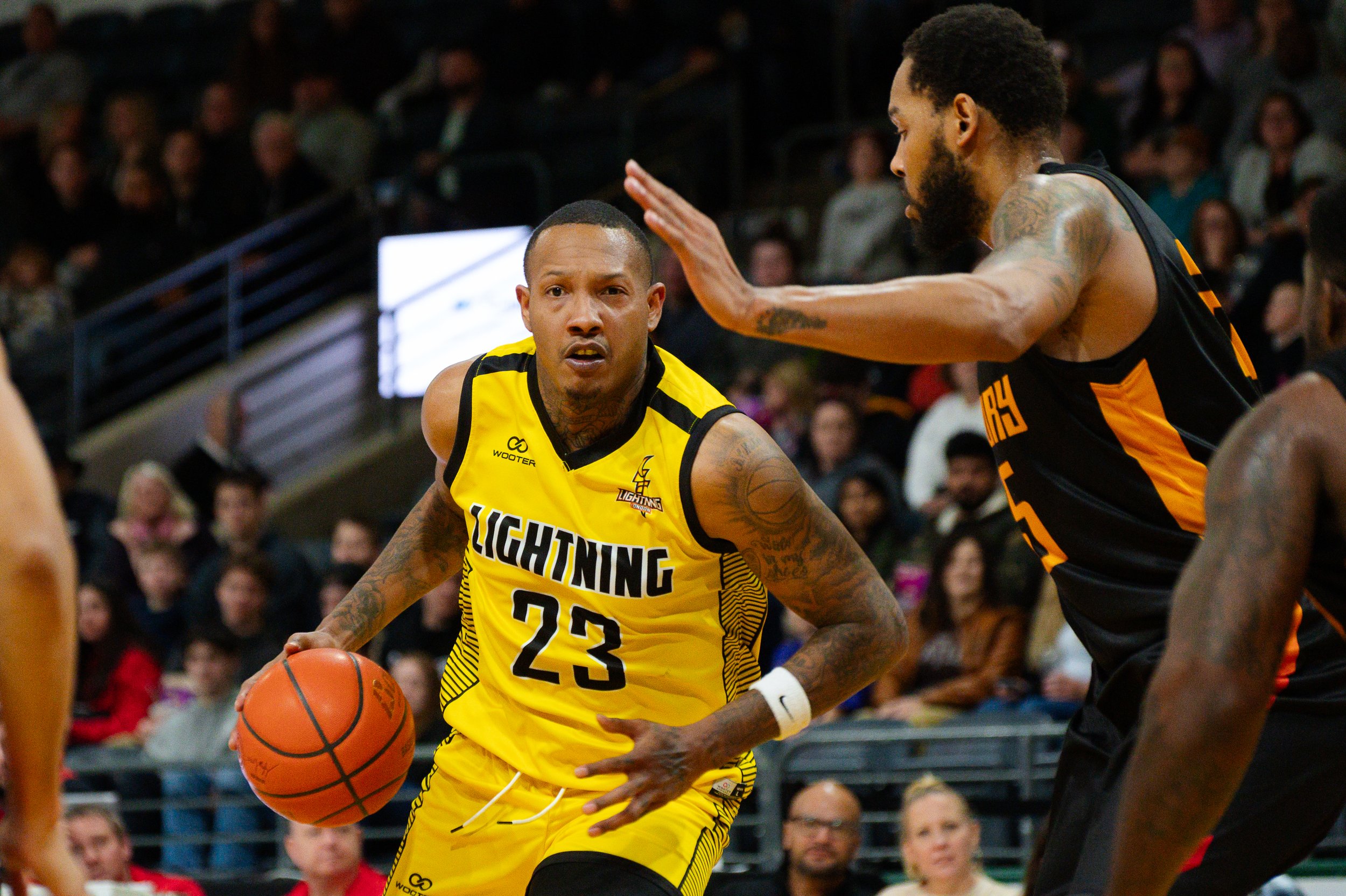
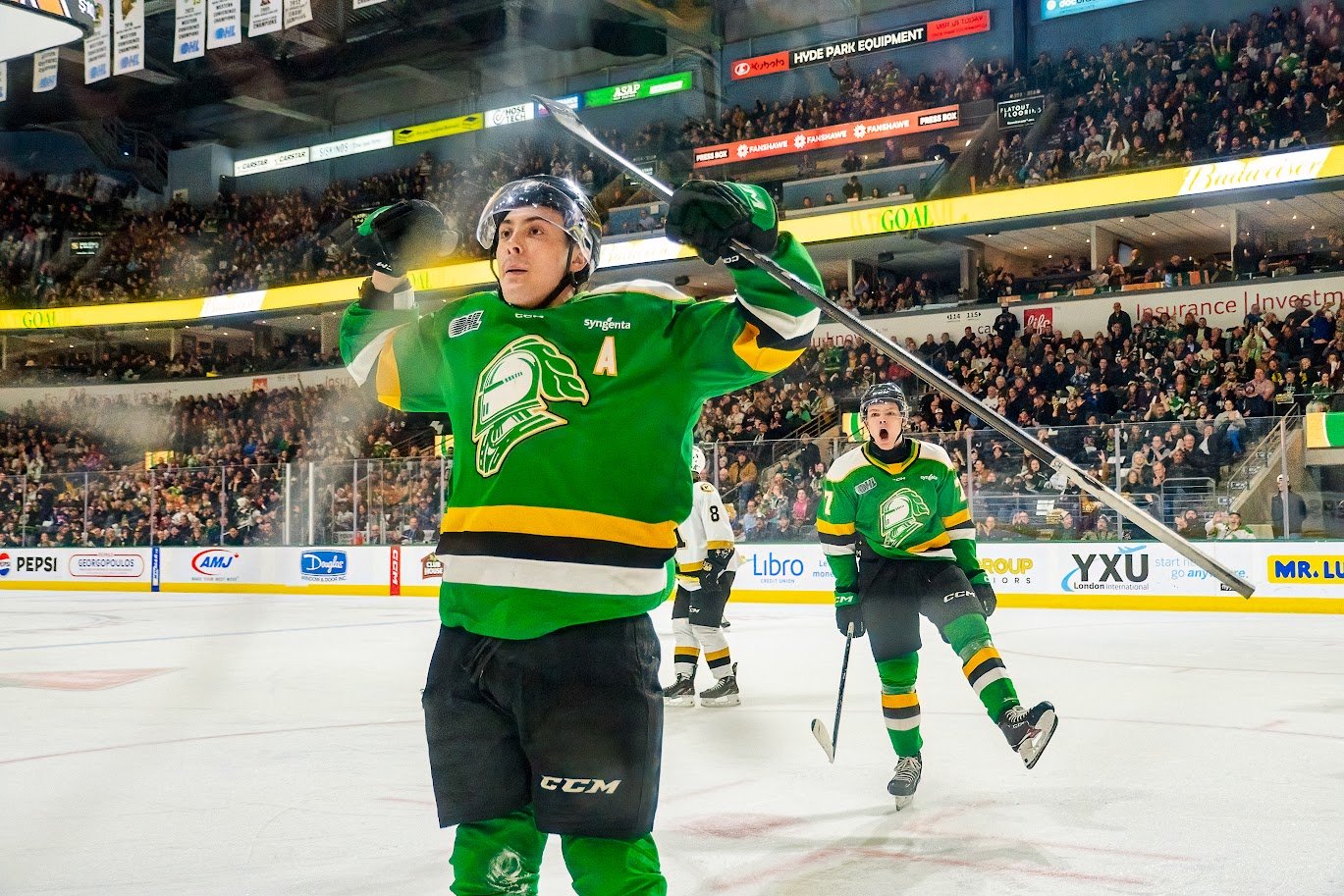
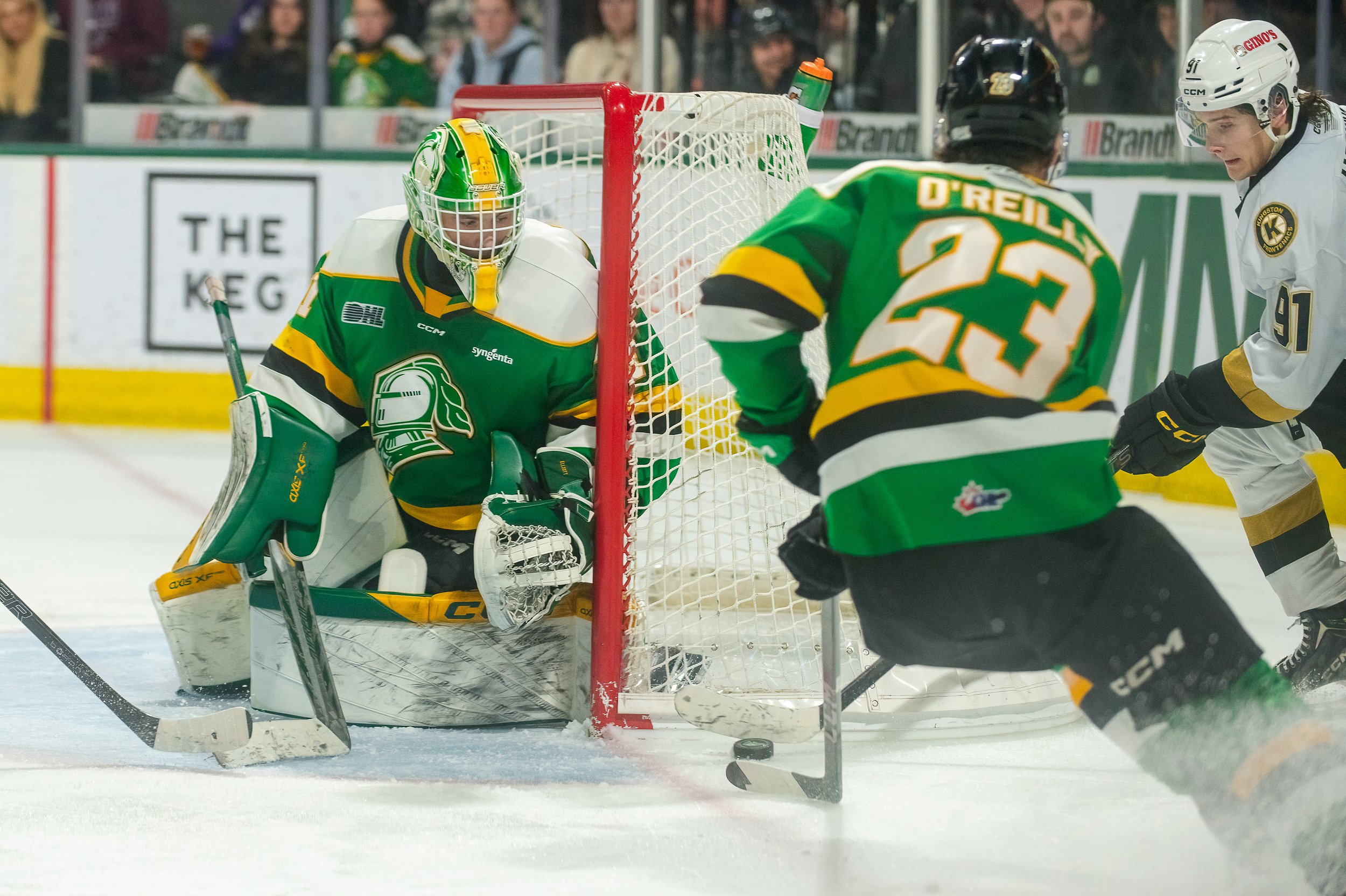
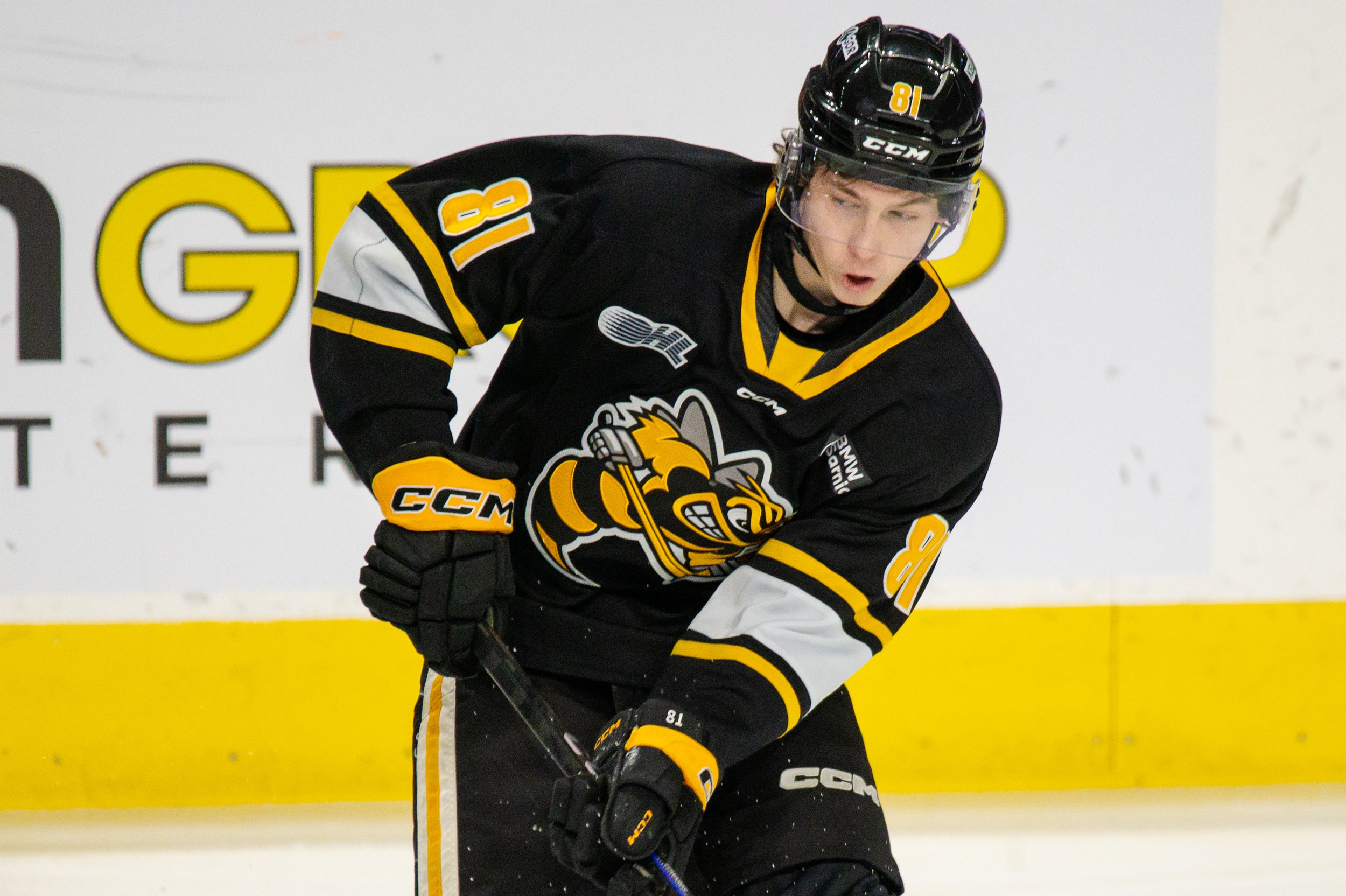

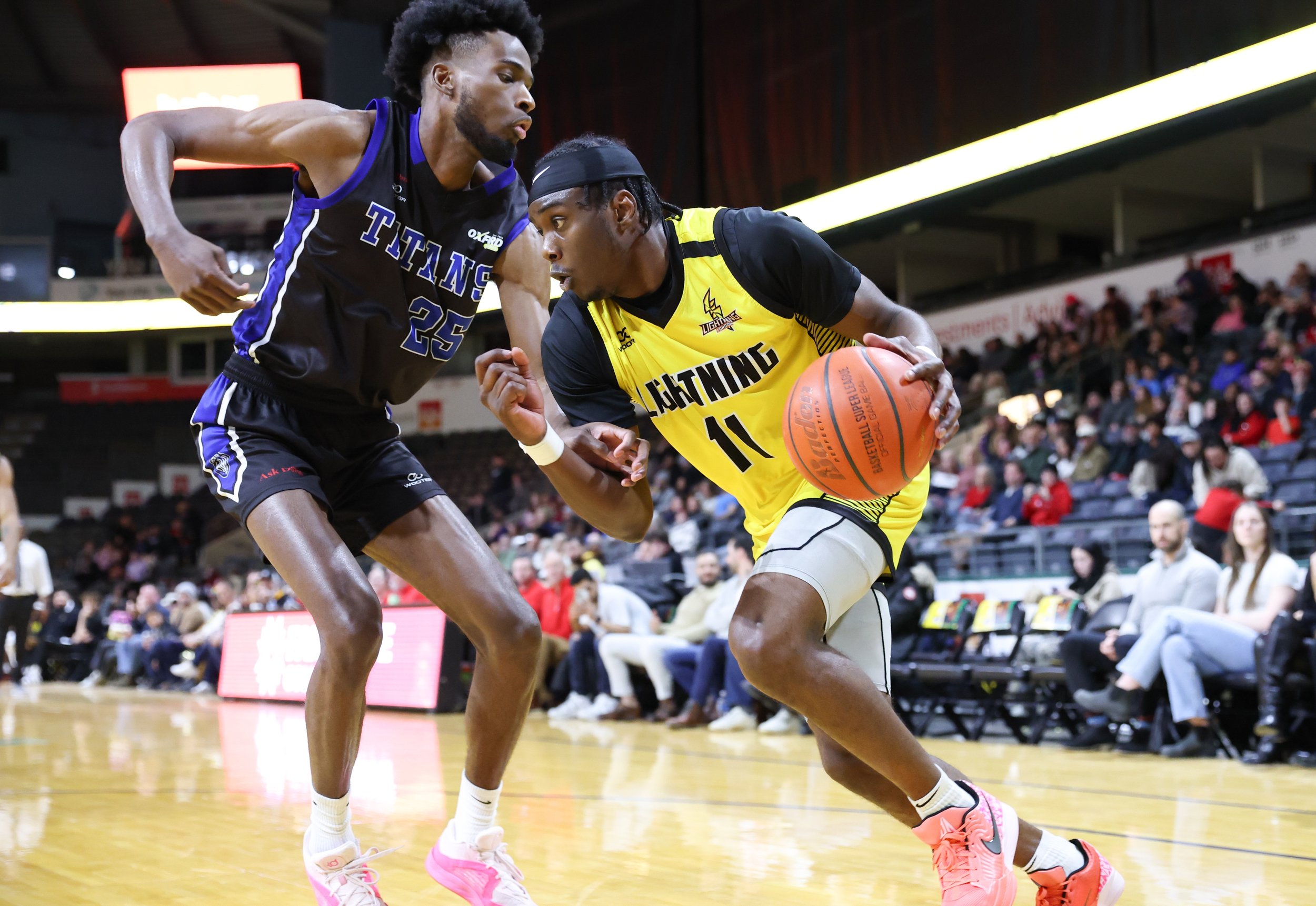

Knight Watch: After sweeping Owen Sound, London takes on the No. 5 Erie Otters in the second round of the OHL playoffs; Columnist Jake Jeffrey previews the matchup — and predicts the rest of the OHL series …